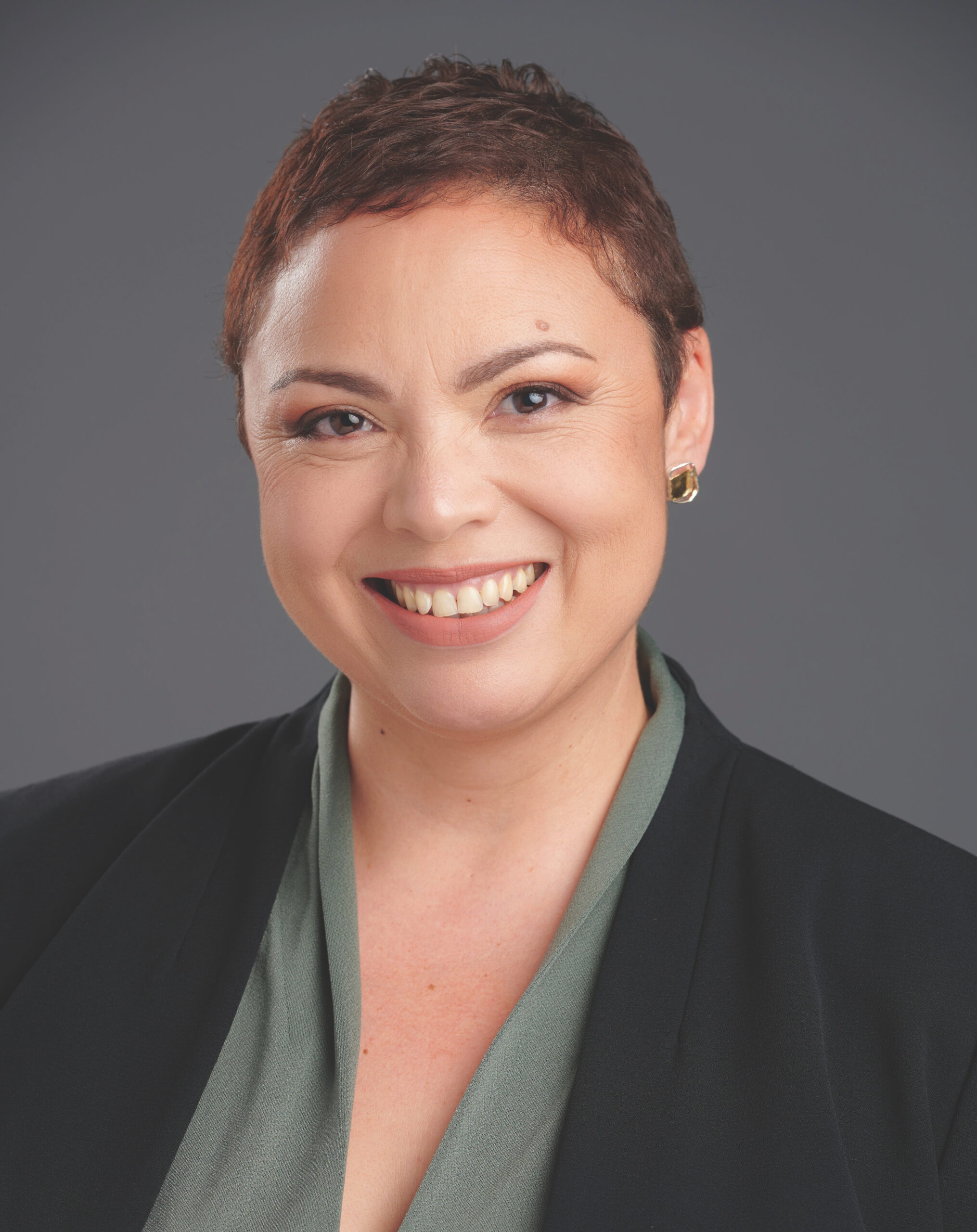
The advertising industry in this region has plenty to shout about when it comes to gender diversity. We recently interviewed a number of female executives for our annual Women in Advertising issue and there were lots of positive comments about the progress being made.
But no-one will deny there is a lot more work to do in leveling the playing field. We will be publishing these interviews online at Campaign Middle East and in our September issue.
Claudinia Harper, Director of People at TBWA\RAAD
Do you think the industry has become more inclusive?
There’s a noticeable shift towards empowering and promoting women into leadership roles, providing equal opportunities and creating a sense of belonging for diverse talent.
The UAE, in particular, has taken substantial steps in this direction, evolving into a diverse hub that celebrates various nationalities, cultures, and religions. It stands as a beacon of tolerance and open exchange.
This positive transformation is clearly evident in the creative sector, where a formidable female presence is emerging across agencies and disciplines, underscoring our progress toward achieving gender balance.
Despite these advancements, it’s essential to acknowledge that there remains work to be done, especially concerning race, ethnicity, and the representation of local talents in the workforce.
Recent initiatives at the Cannes Lions Festival, such as the #CannesforAll campaign, the Black at Cannes movement, and Pride celebrations, are notable strides toward creating a more inclusive and equitable creative industry. Yet, there’s still room for improvement, particularly within our region’s creative festivals and award shows, where I’d love to see an increase in jurors from diverse backgrounds.
As a global collective, TBWA Collective invests substantially in resources and initiatives that create an environment where differences are embraced so we can grow together and leverage the benefits of our diverse workforce.
And we hold ourselves accountable to fostering inclusion in every touchpoint of the agency experience.
By relentlessly pursuing progress and strategically developing the leaders who drive this change, we can ensure that inclusivity becomes the catalyst for more creative and innovative work, and an integral and enduring aspect of our industry’s evolution.
What has been your high and low point as a woman in advertising?
High point: Being part of the liveliest, fun, friendly and insightful culture, where creativity is contagious and I am continually challenged to disrupt the conventional, even in our People & Culture work.
Seeing the work our talented teams have created out in the real world, on social media, out on the highways makes me incredibly proud. Shifting perceptions and hearts and building invaluable friendships.
Low point: Perhaps sometimes still having to watch a few stereotypical ads that portray women in traditional, limiting roles.
What advice would you give to women starting out in the industry?
Speak up, your unique perspective is needed now, right where you are. Lean into the unique view and ideas you bring. That’s why you’re there.
Prioritise and drive your own development and growth. Don’t wait for a manager to make your progression happen.
As you grow, become a leader and role model. Promote inclusive work practices. Mentor and support other women. Champion other women (especially) when they are not in the room.
What message would you like to give men in advertising?
Educate yourself on the issues, challenges, and opportunities of increased gender diversity within an organisation.
Be an active ally and sponsor to the women in your team. Be mindful of how women are portrayed in the work you create. Be conscious of the unequal burden of childcare and household responsibilities that the women in your team likely still carry, depending on cultural context.
Ensure the women in your brainstorming and every other room have an equal voice. Listen intently – there’s a new perspective waiting to be discovered.
What more can be done to support the growth of women in the industry?
What gets measured, gets done: Tracking the internal mobility of female talent and equal pay data is how we move the needle. When we hold leaders accountable for progress indicators, and reward success, we facilitate change.









